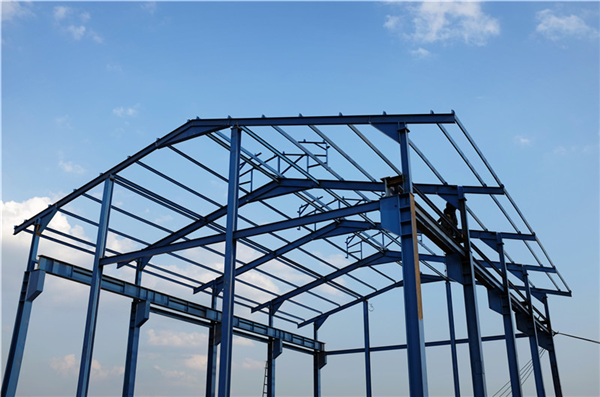What should I do if there are welding holes in the steel structure processing?
In the processing of steel structures, especially in the welding process, there are many details that should be noted and prevented in advance, such as how to deal with welding pores, which is believed to be a thorny problem that plagues many steel structure manufacturers. Find out with you next.
First of all, let’s understand the relevant regulations about welding pores in steel structure processing: the first and second grade welds are not allowed to have porosity defects; the third grade welds are allowed to have diameters <0.1t and ≤3mm per 50mm length of welds. There are 2 air holes; the hole spacing should be ≥ 6 times the diameter of the hole.
Next, we will analyze the specific reasons for the formation of these welding pores in the processing of steel structures:
1. There are oil stains, rust spots, water stains and dirt (especially paint marks) in the groove and its surrounding relative range, which is one of the reasons for the appearance of pores in the weld;
2. The copper plating layer of the welding wire is partially peeled off, so that the part is rusted, and the welding seam will also produce pores;
3. The post-heating (deoxidation) of the thick workpiece is not carried out in time after welding, or the post-heating temperature is not enough, or the holding time is not enough, which may cause residual pores in the weld;
4. There is a direct relationship between the surface pores and the baking temperature of the welding material, the heating speed is too fast, and the holding time is not enough.
After understanding the causes of welding porosity in steel structure processing, it is more important to learn its preventive measures:
1. Surface pores with a small number and small diameter can be ground with an angular grinding wheel, until this part can smoothly transition with the entire weld and smoothly transition to the base metal;
2. The thick workpiece should be preheated before welding and reach the temperature required by the specification. Thick workpieces should strictly control the temperature between tracks;
3. Welding materials should be baked and kept warm according to regulations, and should not be in the atmosphere for more than 4 hours after being used;
4. Pay attention to the welding environment during welding. Welding should be suspended when the relative humidity is greater than 90%; manual arc welding is performed when the wind speed exceeds 8m/s, and gas shielded welding is performed when the wind speed exceeds 2m/s. When the temperature is lower than 0 °C, the workpiece should be heated to 20 °C, and the workpiece to be preheated should be preheated by 20 °C at this time.
5. Pay attention to the welding process parameters and improve the skills of welders. The barrel of gas shielded welding should be blown through with compressed air frequently to remove dirt.
Details determine success or failure, and there are many opportunities for problems in welding, which is especially noteworthy in steel structure processing.
Post time: Feb-15-2022







